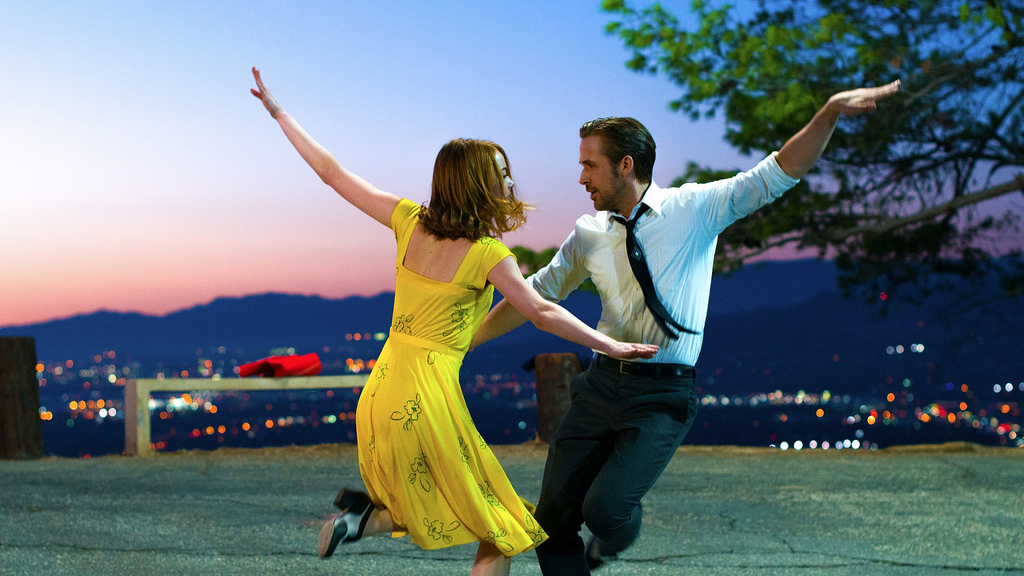Art should not always be forced to serve a moral or social purpose. Though this has been disputed over centuries, it has been shown repeatedly that art for art’s sake is just as valuable. It can serve as a rebellion against the politics of hate through its mere existence and ability to bring happiness to people. However, as the loudest voices in government and elsewhere violently exclude narratives that are not their own, contemporary art has a responsibility to stand firmly against this.
It must be noted that the award-winning film La La Land was a piece of beautiful escapism, with the cinematography almost as aesthetically pleasing as Ryan Gosling, and brilliant acting from himself and the infallible Emma Stone. It was escapism that, given the current state of the world, was welcomed. The references to classic Hollywood musicals were nostalgic, and the audiences’ faces leaving the cinema were full of joy.
There is no doubt that this is an incredibly successful piece of art, but it has become increasingly obvious that La La Land was created for the people who can afford to indulge in this escapism. The two characters the film asks us to invest in are white, and of middle class backgrounds. They are struggling artists, but a very narrow picture of what these artists may look like.
For a film about jazz music there are very few black actors, none of whom are given any character development. Most shockingly, there is no mention of the importance of the black origins of jazz. We just hear Sebastian (Ryan Gosling) talking at length about how much jazz has impacted him.
It is because of this active exclusion, rather than its political passivity, that La La Land did not deserve its recent Bafta for Best Film. It is true that films which inspire joy in people in the way that La La Land has done deserve to be recognised, but is this argument really relevant to defend a film which seems to only represent the privileged few?
More objectively, it is unlikely that La La Land won purely because of its artistic merit. There is implicit bias favouring white voices within awards institutions that has been apparent throughout the years and across all forms of art. Adele’s recent Grammy win over Beyoncé, which comes just a year after Taylor Swift won over Kendrick Lamar, also indicates a refusal of these institutions to award voices saying something new, coming from people who have long been excluded from their spheres.
There has been a plethora of films amplifying those voices this year: Moonlight, Fences, Lion, and I, Daniel Blake, to name but a few. All of these provide us with narratives which are not just white and middle-class, yet there seems to be a strange idea in circulation about these kinds of films.
It is perceived that they are somehow in a different category to films that aim to demonstrate the art of film making and its aesthetic value. We should start acknowledging that artistic merit is not sacrificed for the sake of inclusivity, but rather is enhanced.
In his acceptance speech for I, Daniel Blake’s Bafta for Outstanding British Film, Ken Loach stated that: “The film-makers know which side we’re on […] We’re with the people”. It is about time that this expanded to become the truth for all film-makers, so that the “the people” really does include all people, and not just a select few.
Image: BagoGames

